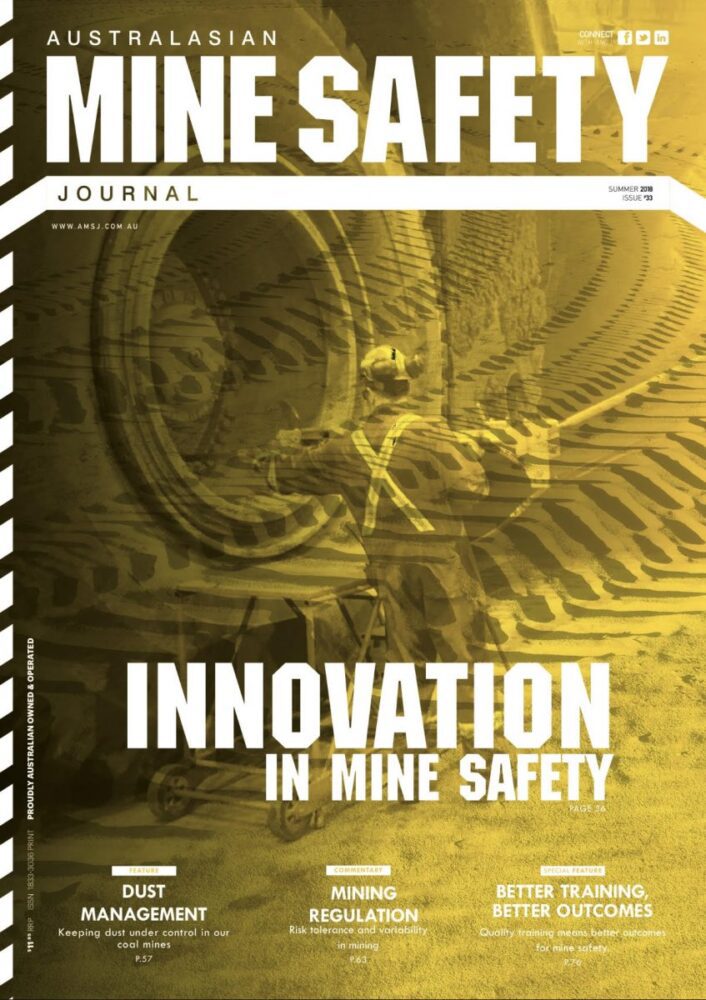By Professor Samantha Hepburn – Director, Centre for Energy and Natural Resource Law
Spectacular increases in global energy demand over the last few decades have prompted a corresponding expansion in onshore energy production, facilitated by innovative and enabling technological advancements. Within this environment, existing regulatory frameworks have been gradually upgraded to promote enhanced public interest responsibilities. In Australia, where public resources are vested in the state and community expectations regarding levels of engagement, communication and transparency have increased, there has been a significant development. This has been incentivized by a more mobilized community that is increasingly conscious of the imperatives of a transitioning energy landscape.
The form and content of public interest and community engagement responsibilities within a modern landscape will vary according to whether the project concerns fossil fuel or renewable energy production. The reason for this lies in the fact that all fossil fuel resources belong to the state. The public ownership of the state generates public interest responsibilities. The vesting of fossil fuels in the state is grounded on the assumption that the state is the most effective owner because it has the administrative capacity to reinject the benefits of resource exploitation back into the community. Hence, income generated from fossil fuel resource exploitation iis collectedby the state and managed for the benefit of the public as a whole. Traditionally, the assumption has been that these efficiency imperatives satisfy the public interest responsibilities of the state as public resource owner.
This is no longer accurate. In a modern environment, where the resource sector has shifted into domains traditionally occupied by agriculture and communities have a greater awareness of climate change imperatives, public interest responsibilities relevant to public resource ownership has changed. It is no longer appropriate to assume that the exploitation of a public resource and the development of a new fossil fuel project coheres with the public interest. The objective is to balance the economic gain that a community may receive with broader social, environmental and ecological concerns. The increasing complexity of onshore resource expansion has necessitated a corresponding expansion in public interest governance. The implementation of this governance has helped to encourage community engagement which in turn has helped to lower the social risks for projects and this constitutes an important factor for investors and financiers.
Public interest in onshore resource development is no longer a presumptive fact. It must be reviewed, rationalized and discussed. This requires a vigorous investigation of the benefit and utility of each project. Community participation processes are critical because they provide feedback which in turn allows developers to determine levels of community concern. This information is important for determining social licensing requirements. Regulatory regimes must also differentiate between different levels of impact. There is, for example, a fundamental difference between the regulatory responsibilities that developers owe towards directly impacted landholders and those that are owed towards indirectly impacted members of the community.
The governance in each of these areas has progressed differently in each state. In Queensland, for example, there has been a significant progression in landholder governance. The Mineral and Other Legislation Amendment Act 2016 (Qld) amended the Mineral and Energy Resources (Common Provisions) Act 2014 (Qld which now confers notification and objections rights upon landholders in Queensland to prevent a lease from being granted over restricted land in the absence of landholder consent and in the absence of a compensation agreement. These laws repealed the previous power of the Minister to remove a restricted land classification from an area falling within a resource project in circumstances where it is clear that coexistence is not possible. The current laws also mandate public notification of proposed mining projects and strengthen the requirements for information exchange between overlapping tenure holders.
The regulatory obligations of the state towards community members indirectly impacted is more generalized. For example, any person in Queensland may object to the grant of a mining claim or a lease under the Mineral Resources Act 1989 or to an application or amendment application for environmental authorities issued for mining projects under the Environmental Protection Act 1994. The Land Court will review any such objection prior to any approval being issued. This review process can significantly assist in identifying, in advance, areas which can and cannot be mined and can also improve the processes associated with preparing and responding to Environmental Impact Statements.
In May, 2017, following significant community objection, the Queensland Land Court rejected the New Acland Coal (Stage Three) Mine Expansion. In its decision, the court outlined environmental concerns regarding impacts upon groundwater aquifers, agricultural land and air quality. The court also identified economic concerns, given that most of the land to be mined in the Stage 3 expansion did not involve royalties being paid to the State, but rather, to a corporate landholder. The court felt that this was a significant factor within a public resource framework because the loss of expected royalties was approximated at $436 million over the life of the project.
Public interest responsibilities in renewable onshore projects have a slightly different focus. They are not derived from any underlying duty flowing from the ownership of the exploited resource but rather, from the obligations of the state to adhere to social and environmental responsibilities. This clearly includes broader climate change imperatives. Regulatory development in this area is evolving. For example, best practice guidelines have been established by the Clean Energy Council for wind energy projects in Australia. These guidelines seek to promote landowner consent and community consultation with key stakeholders such as any affected native title holders.
Once a site is selected and the general project description is known, a road map may be set out, detailing the permits, the time frames and the legislative requirements. Community consultation processes will generally involve publication of the road map, feedback as to the different stages of the project and an opportunity for communities to respond. For example, in Victoria, the Willatook Wind farm proposal in South West Victoria has an online community consultation process. Interested members of the public are given detailed information regarding the nature of the project, the stage at which the project is currently at, an opportunity to provide online feedback and the opportunity to physically inspect the area during an exhibition day.
These regulatory developments reveal a more evolved understanding of the nature and importance of public interest responsibilities in the onshore resource sector. As governance frameworks are slowly upgraded across Australia, our understanding of the scope and importance of public interest responsibilities has changed. This is reflective of a deeper awareness of the strong communitarian responsibilities that onshore resource development necessarily generates because the land and the natural resources that reside in and on that land are all a component of an interconnected habitat and community of life.














Add Comment